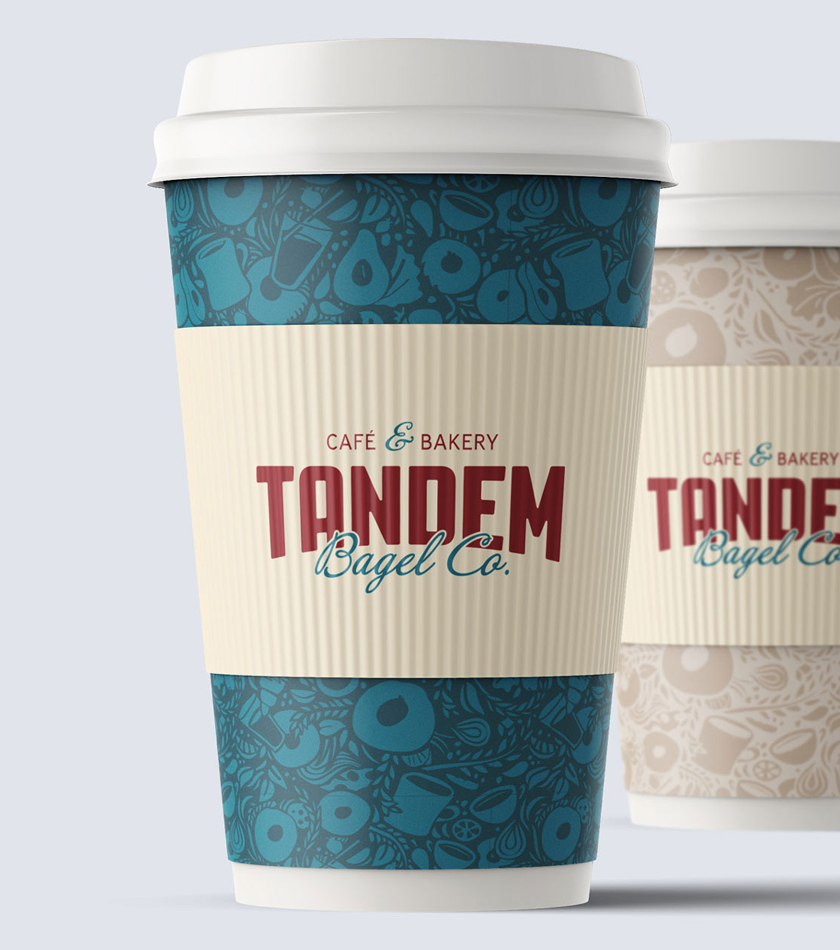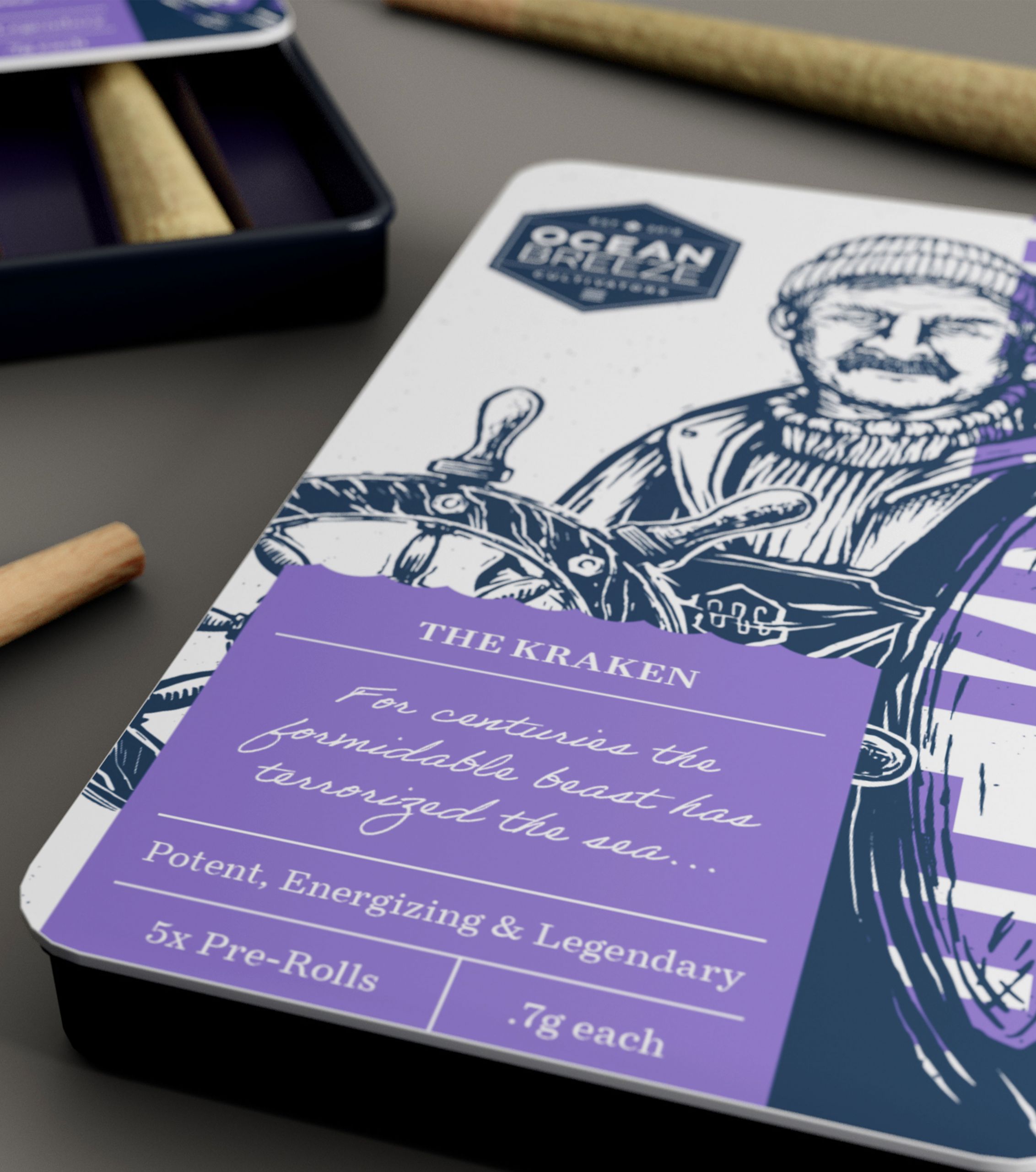March Madness and the Cursive Comeback
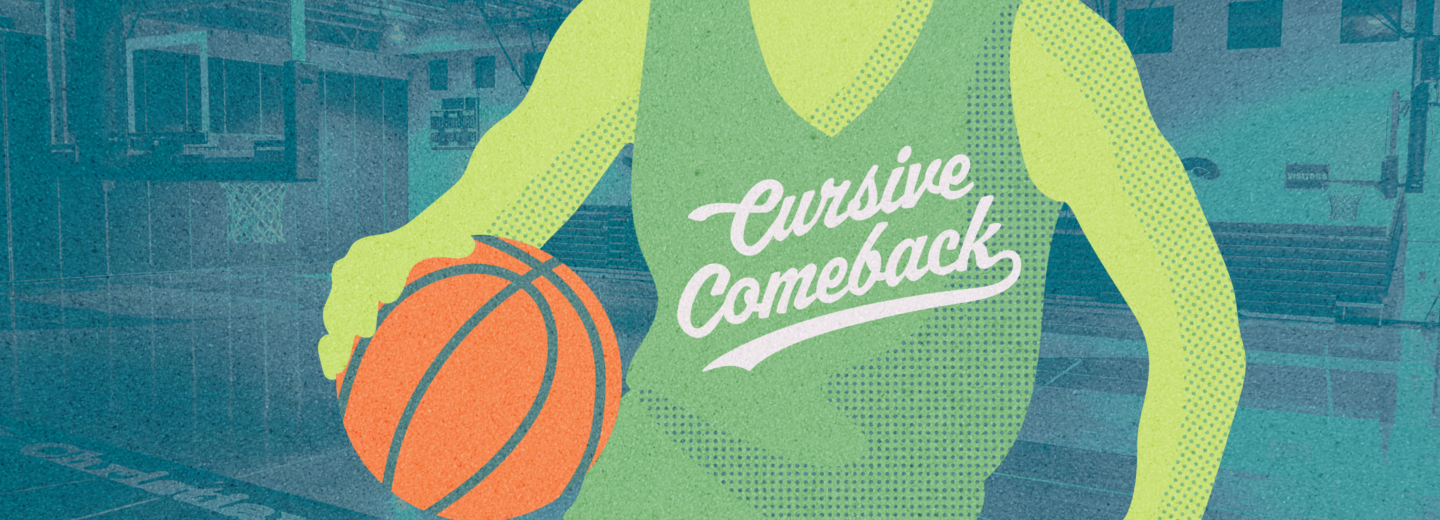
A comeback story always needs a fair share of haters. This one is full of them. Despite a wide consensus that no one can read, write, or understand cursive anymore, script is back.
Fittingly, this comeback story is on full display at the NCAA basketball tournament this month. If sans serif is top-seed UConn, then script is Long Beach State (whose coach was fired six days before they made it into the tournament). F*** the haters.



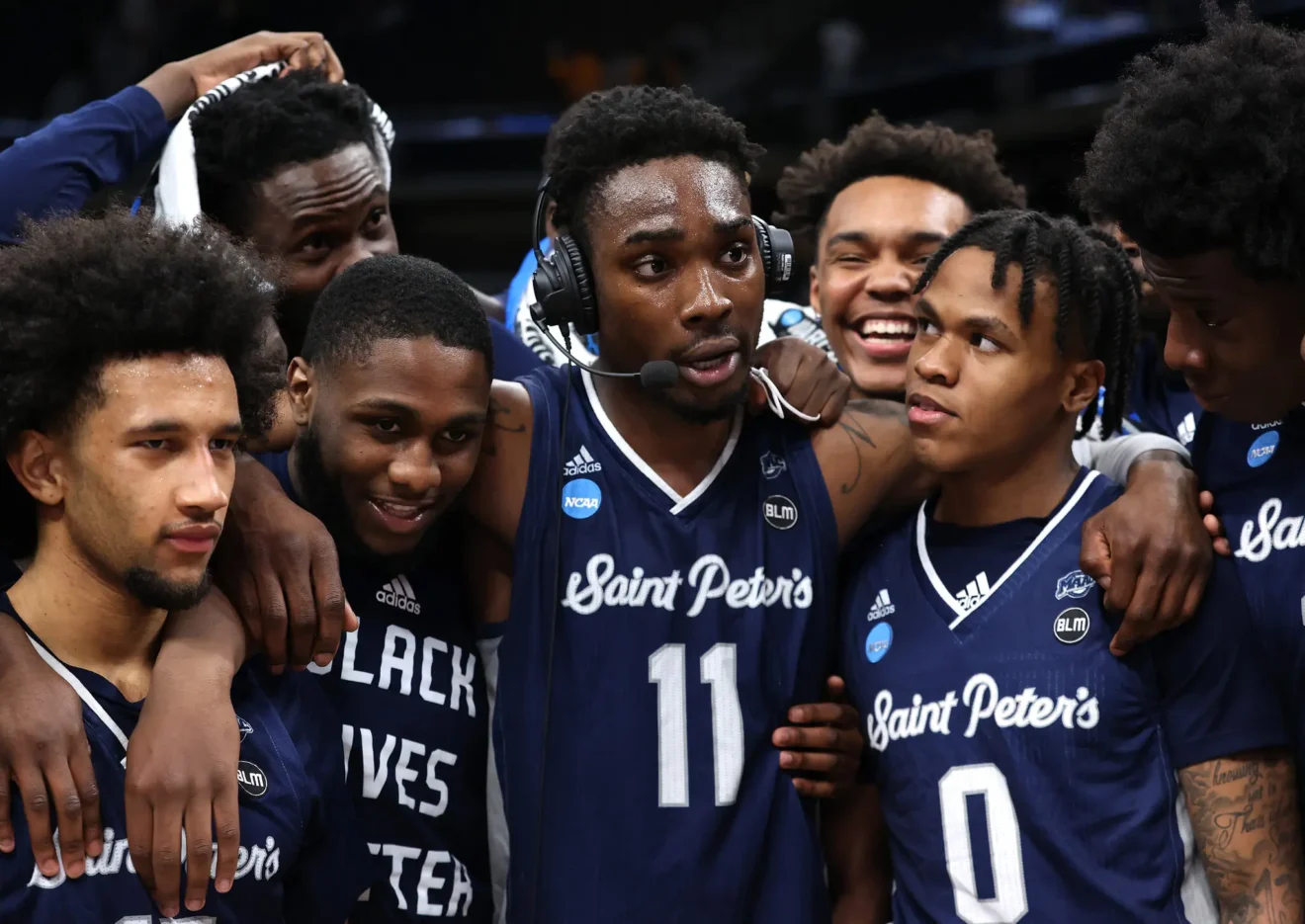
This comeback story was also on full display when the L.A. Clippers launched their recent rebrand, including refreshed jerseys featuring a new script logo (note: the jerseys have fared much better in the public eye than the new nonsensical nautical mark).
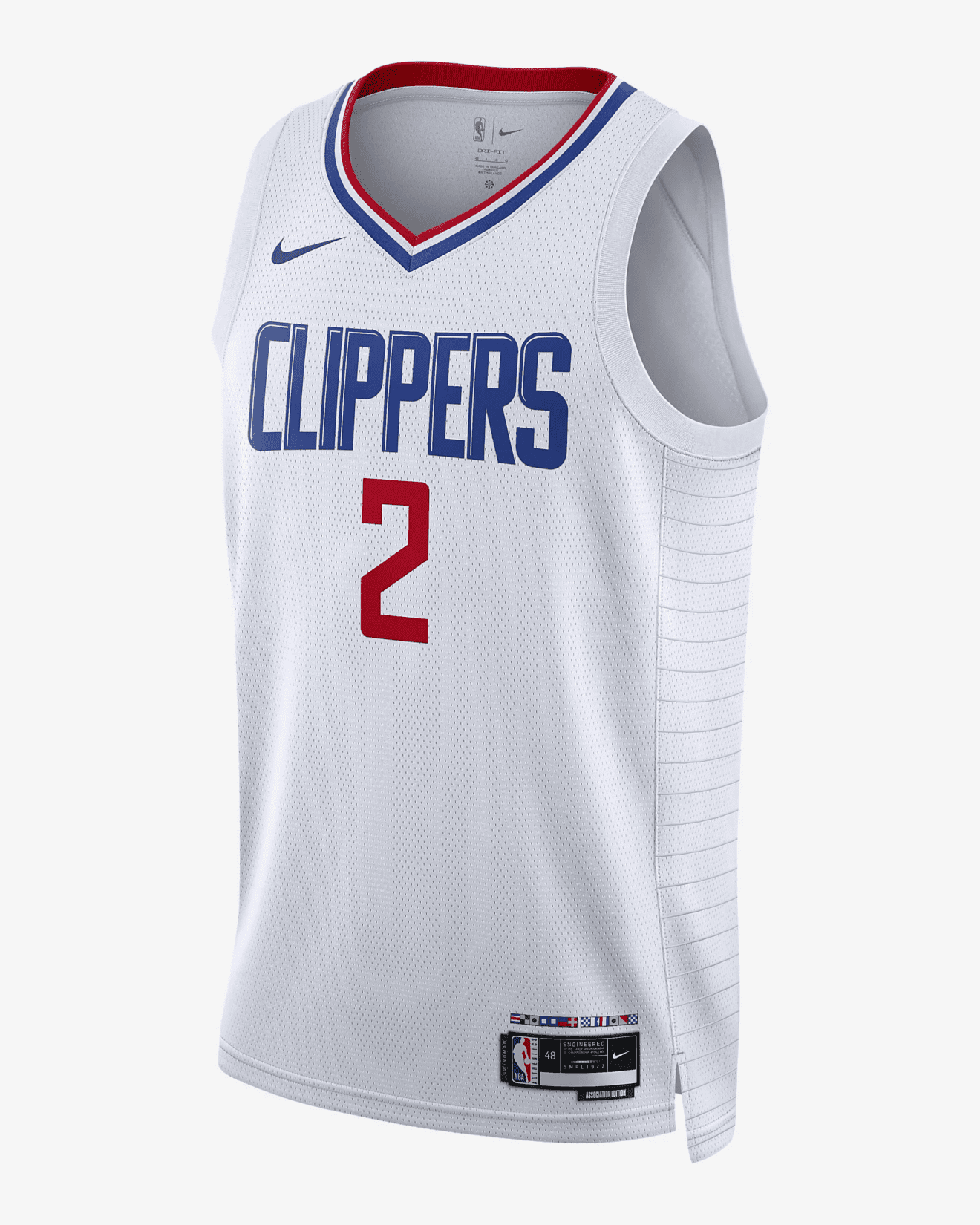

Prior to their most recent logo (top), the Clippers jerseys sported a script logo for almost two decades before dropping it for the warped, collegiate sans serif in 2015. It’s telling then that when given the opportunity to rebrand this past year the franchise decided to lean back into their cursive roots. Initially, it seems Clipper’s Nation is rooting for it.
But, other household brand names have been moving in the opposite direction for quite some time. Famously, major brands such as Johnson & Johnson and Eddie Bauer recently ditched their cursive logos for clean sans-serif marks (the same clean sans-serif marks that are beginning to drown in a sea of blandness). It was a heavy decision for Johnson & Johnson to break up with their logo of almost 136 YEARS and risk losing generations of equity — but it seemed like a safe bet.
For years the design world has been warning of the death of script. As cursive fell out of Gen Z’s curriculum, it seemed ignorant to try to build brand awareness if the most “influential” generation couldn’t even read or recognize the logo. Little did they know what madness 2024 would bring.
In January of this year California, home to one of the nation’s largest school districts (L.A.) announced that elementary schools are now required to teach cursive (it hadn’t been a requirement since 2010). California joins 22 other states that now require some sort of cursive curriculum.
Is this just a blip in what felt like a sure shift away from script and toward 3rd graders who can code better than they can hold a pen? Or, with fears of an AI-bot takeover, is this our last-ditch effort to celebrate the typefaces that remind us of an era when only real-live humans knew how to communicate using pen and paper?
Only time will tell, but our March Madness bracket is starting to look a little curvy.

